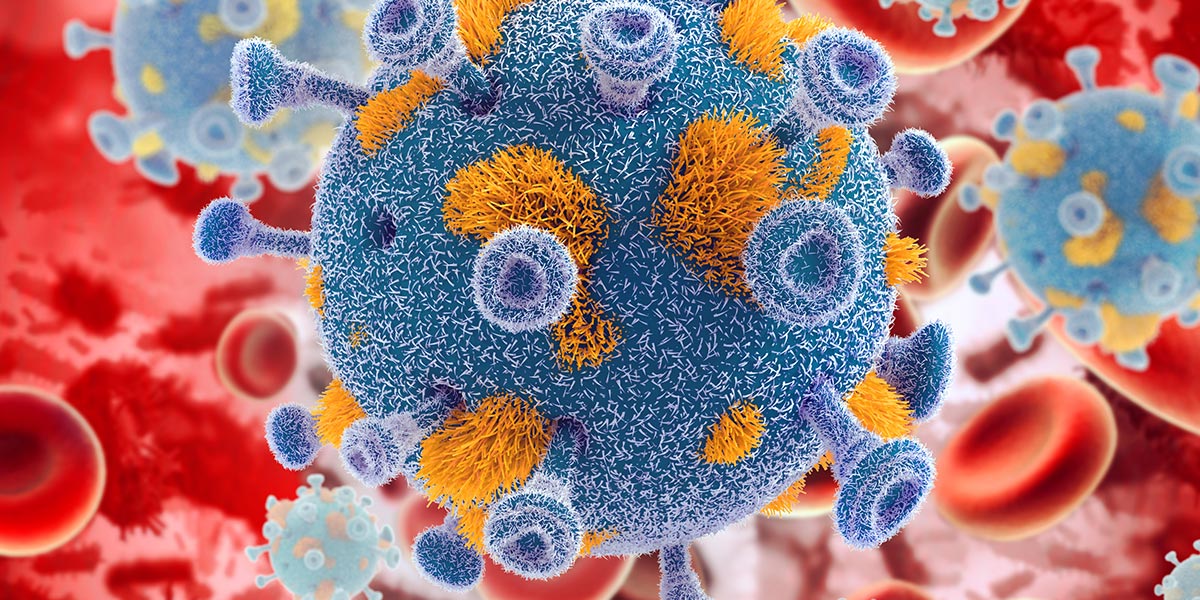Major step to a cure as HIV is eliminated from mice

In what could be a major step towards curing people of HIV, scientists have for the first time succeeded in totally eradicating the virus from a living animal.
Researchers at the Lewis Katz School of Medicine at Temple University and the University of Nebraska Medical Center (UNMC) say they have eliminated replication-competent HIV-1 DNA – the virus responsible for AIDS – from the genomes of living animals.
“Our study shows that treatment to suppress HIV replication and gene editing therapy, when given sequentially, can eliminate HIV from cells and organs of infected animals,” said Kamel Khalili, PhD.
Current HIV treatment focuses on the use of antiretroviral therapy (ART). ART suppresses HIV replication but does not eliminate the virus from the body. Therefore, ART is not a cure for HIV, and it requires life-long use.
If ART is stopped, HIV rebounds, renewing replication and fueling the development of AIDS. This is because the virus is able to integrate its DNA sequence into the genomes of cells of the immune system, where it lies dormant and beyond the reach of antiretroviral drugs.
The scientists used a combination of gene editing and gene therapy, known as CRISPR-Cas9, with a recently developed therapeutic strategy known as long-acting slow-effective release (LASER) ART.
The modified slow release ART was packaged into nanocrystals, which readily distribute to tissues where HIV is likely to be lying dormant. From there, they are stored within cells for weeks and slowly release the drug.
To test their idea, the researchers used mice engineered to produce human T cells susceptible to HIV infection. Once the infection was established, the mice were treated with LASER ART and subsequently CRISPR-Cas9 gene editing technology.
At the end of the treatment period, the mice were examined for viral load. Analyses revealed the complete elimination of HIV DNA in about one-third of HIV-infected mice.
“The big message of this work is that it takes both CRISPR-Cas9 and virus suppression through a method such as LASER ART, administered together, to produce a cure for HIV infection,” Dr. Khalili said. “We now have a clear path to move ahead to trials in non-human primates and possibly clinical trials in human patients within the year.”
The study was reported online on 2 July in the journal Nature Communications.
Leave a Reply